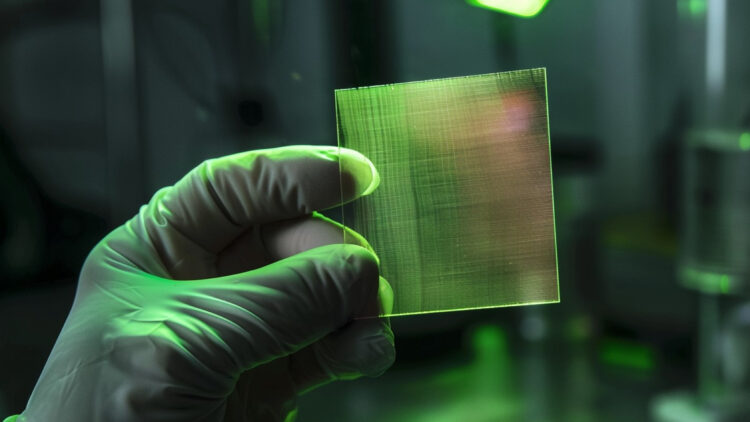In recent years, a remarkable transformation has taken place in the utilization of wood as an insulator. Once seen as an old-fashioned material, it’s now at the forefront of sustainable innovation. Researchers are exploring ways to improve wood’s properties, making it a viable alternative to traditional construction materials. This evolution aligns perfectly with the need for effective insulation solutions this fall, positioning transparent wood as a promising contender.
Transparent wood as a sustainable insulating material
Timothée Boitouzet, founder of the material science company Woodoo, has been a key player in advancing wood technology. His journey began while studying architecture in Japan, where he recognized the untapped potential of wood in construction.
“In France, we build more with concrete and stone than wood,” Boitouzet notes.
Through the retrofitting of timber, Woodoo aims to substitute steel with wood, capitalizing on its renewable nature to minimize the construction industry’s carbon footprint, which contributes majorly to global emissions. Transparent wood, a product of recent advancements, is created by removing lignin and infusing the wood with polymers, resulting in a material that is not only visually striking but also exceptionally strong.
“[This wood] is weatherproof, more fire resistant, three to five times stronger, and transparent,” explains Boitouzet.
This breakthrough opens the door to a wide range of applications, namely in energy-efficient building products.
The science behind transparent wood
The development of transparent wood began with the pioneering work of researchers such as Lars Berglund, a professor at the KTH Royal Institute of Technology in Stockholm, Sweden, who sought to harness wood’s natural strength for innovative applications.
By removing lignin and replacing it with optically compatible polymers, Professor Berglund’s team has engineered a material that surpasses traditional plastics and glass. Transparent wood can transmit up to 90% of light while offering superior strength—three times stronger than transparent plastics and ten times tougher than glass.
Recent studies have also demonstrated that this material excels in thermal insulation. It has a conductivity rate five times lower than that of glass, making it an excellent candidate for energy-efficient windows, as it can help buildings retain heat or keep it out.
As such, the potential for integrating phase-change materials further boosts its functionality, enabling it to absorb and release heat, thereby regulating indoor temperatures effectively.
Creating a sustainable future with transparent wood
Although the prospects of transparent wood are vast, obstacles remain in scaling its production and improving sustainability before it can become fully realized.
Professor Berglund and his team are currently focused on creating greener production processes, such as utilizing bio-based polymers derived from citrus peels instead of petroleum-based options. This dedication to sustainability is vital as researchers strive to introduce transparent wood into mainstream markets.
Additionally, recent innovations have led to the creation of wood composites that blend delignified wood with functional fillers to boost optical and mechanical properties. One such development features a wood composite material that offers exceptional thermal insulation and UV-shield capabilities. With about 90% transmittance and the ability to block 100% of UV-B radiation, WCM could serve as a game-changing substitute for conventional glass in windows.
As the demand for viable building materials rises, transparent wood is a perfect contender as an insulator for the fall season. Its unique properties enhance energy efficiency and reduce carbon emissions in construction. With ongoing research and development, transparent wood is poised to change the way we think about building materials. As Boitouzet puts it, “This material that we considered an old material, without innovation, was actually super smart”—the time has come for the world to embrace wood’s potential, leveraging it for a clean, green future.

